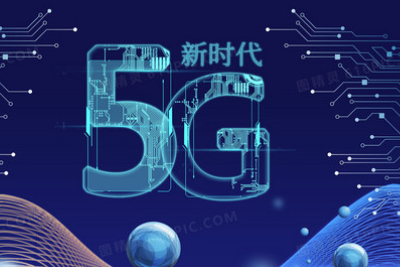Electronic reading, also known as e-reading, refers to the practice of reading using electronic devices such as e-book readers, tablets, or smartphones. Compared to traditional print books, electronic reading offers several advantages:
Portability: E-books can be stored in devices and easily carried around without occupying physical space.
Abundance of resources: Through the internet and online stores, users have access to a vast range of e-book resources to meet various reading needs.
Adjustable fonts and formatting: Electronic reading devices often allow users to adjust font size, style, and page layout according to personal reading preferences and visual needs.
Search and annotation features: Many electronic reading devices provide search functions for quick keyword lookups and annotation capabilities for highlighting and taking notes on interesting content.
Environmental friendliness: E-books reduce paper consumption and contribute to resource conservation, aligning with environmental sustainability principles.
However, it’s important to note that each approach has its own pros and cons. Some people appreciate the tactile experience and ambiance of print books, while others prefer the convenience and functionality offered by digital reading. The choice ultimately depends on individual preferences and requirements.
内容由零声教学AI助手提供,问题来源于学员提问




















